Written by Savannah Jackson; ed. assistance by Nancer Ballard.
The Seeker Journey grapples with the reality that we live in a world in which our selves, our relationships, and our environments are constantly changing. We must adapt and evolve throughout our lives, and we must do this with no guarantee of safety or success, and with no final destination. In this post, we will explore the experience of the Seeker Journey and how this journey differs from Hero’s and Heroine’s journey arcs.
In the Hero’s Journey, the story typically ends with the protagonist reaching a final destination or ultimate success that resolves their conflict and the conflicts in their world. In the Heroine’s Journey, Maureen Murdock recognizes that someone can be at multiple stages within the journey at once, and that the journey can be completed multiple times. You are not necessarily done with the journey when you reach the “final” stage. When you reach the end, you can start again.

The Seeker Journey encompasses this idea that we are continually called upon to begin anew, but it does not envision our journeying as an infinite loop. The Seeker Journey recognizes that we move forward in a variety of ways and that life has no permanent resolution. The Seeker Journey “stages” are neither prescriptive (one does not have to move through all stages each time) nor necessarily sequential (the stages do not always have to occur in order, and one can move through them many times within a journey). For this reason, it may be more helpful to think of them as “process points” that the seeker might check in to as they move through their journey. We’ll look at each of these process points now.
1.The seeker begins the journey with a functional and meaningful form of wholeness.
At the start of the Seeker Journey, the seeker has a functional and meaningful understanding of themself, the world around them, and their relationship to the world around them. The seeker also experiences a satisfying balance between a feeling of belonging or inclusion and a sense of agency or autonomy. This network of understandings, together with the balance between belonging and agency, forms a way of making sense of life that creates a sense of wholeness (as we refer to it in this blog).
Finding and creating a form of wholeness helps the seeker to navigate the ups and downs of life. The Heroine’s Journey is one way of reaching wholeness, but it might not be the way that the seeker came to their form of wholeness. What is important in this stage is that the seeker’s wholeness is legitimate and complete–in the sense that it effectively and meaningfully organizes the seeker’s understanding of and approach to their life.
2. Something about the seeker and/or their context changes.
In the Heroine’s Journey, wholeness is what the heroine reaches in the last stage of the journey. Despite Murdock’s emphasis on the continuous nature of the cycle, this often means that the wholeness that is achieved by the heroine at the end of their journey then works for the rest of the heroine’s life. It is tempting to believe in, and to search for, a wholeness that is so encompassing that it accounts for all possible futures, but the Seeker Journey builds on the understanding that this is unlikely.
The reality is that we will change, and our context will change, and we may reach a point where our understanding of ourself, of the world, and/or of our relationship to the world no longer works for us. This does not mean that the wholeness we reached in the past was false or incomplete, only that it no longer works now.

For example, consider Anna, who has been taking care of her children for the past two decades while her partner has worked outside of the home and been the family’s sole financial provider. While her kids were growing up, Anna felt that her family relationships and her work within the home were important, and she felt wanted and needed. Anna understood who she was and how she fit into the world around her. Taking care of her family was meaningful and fulfilling for Anna, and she enjoyed focusing her time and energy on these things. Later, as Anna’s kids grow older and move out of the house, less of Anna’s time is spent directly focusing on her children, and she begins to feel lost. She is no longer sure of what to do or how to fill her days with a sense of purpose.
3. The seeker recognizes (consciously or unconsciously) that something about their worldview and reality no longer match.
A sense of mismatch–resulting from the disconnect between our understanding of life and our actual lived experience–clues us into the fact that our wholeness no longer works for us. This sense of mismatch may happen abruptly or it may slowly occur over a long period of time. In either case, the seeker may realize that the mismatch exists in a sudden moment, or come to acknowledge it gradually. It is likely that the seeker will feel some sense of disequilibrium before they recognize the mismatch. However, it is the recognition of the mismatch that prompts the journey.
4. The seeker acknowledges that they want to find 1) a new worldview or 2) a new reality to resolve the feeling of mismatch.
After recognizing the mismatch, the seeker must acknowledge that they want to resolve the mismatch. They might seek to adjust their worldview to match their reality, or to adjust their reality to match their worldview.
In the context of the Seeker Journey, seeking refers to the intentional search for a new understanding of yourself, the world, and/or your relationship to the world. This search may stem from a subconscious yearning or from a self-awareness that something new is needed due to changes in yourself and/or the world around you.
5. The seeker identifies some change that they think will resolve the mismatch.
After the seeker decides that they want to change something, they have to decide what they want to change. Even once they decide whether to focus on adjusting their worldview or reality–or some combination thereof–there still exist many ways to go about doing so.

We can return to the example of Anna. Eventually, her lack of direction grows into a feeling that she can put into words. She tries to get out of the house more and meet new people–she tries joining a book club, picking up gardening, going to the gym more, and takes a few art classes–but her original sense of wholeness or purpose doesn’t return. Eventually, Anna decides to try a more concrete change in her life. She has always enjoyed cooking and previously worked as a chef, and she decides to go to culinary school, which is something she had considered doing before she had her first child.
6. The seeker pursues this change.
Many things are, of course, easier said than done, and the desire to do something does not always indicate that someone actually will do something. It’s not enough, then, for the seeker to simply identify something that they think will resolve the mismatch. The seeker must also actually set out to accomplish this change.
Depending on the change, this first step can take the form of a great many different actions, and the pursuit of the change may operate across many different time frames. It is also possible for the seeker to pursue more than one type or level of change at the same time. Each change that the seeker pursues at any point in their journey faces three possible outcomes.
Outcome A. The seeker cannot achieve the change they want…

First, the seeker may not be able to achieve the change that they are pursuing. Anna might not be accepted into any of the culinary schools she applies to, or she might be accepted only to realize that she can’t afford the tuition. Or there might not be a school near where she lives, and she and her partner might not be willing to relocate. When this happens, the seeker may seek a different path towards the same goal. The seeker may become frustrated, angry or hopeless. The seeker may try to return to a previous process point, worldview, or reality. The seeker may go through all of these responses, in any order, and any number of times, or they may only go through one of these responses. If the seeker continues making progress on their journey, then they must ultimately identify and pursue a new change.
Outcome B. The change is achieved but it does NOT resolve the mismatch…
Alternatively, the seeker may achieve the change they are pursuing, but it might not end up resolving the mismatch after all. Anna might get into a school, but feel out of touch with her studies because she has been out of school for so long, or feel unable to connect with other students because she is older than most of them. Like before, the seeker may become frustrated, angry, or hopeless. They may try to return to a previous process point, worldview, or reality. To continue their journey, they must ultimately decide to pursue a new way forward.
Unlike in Outcome A, the seeker is more likely here to intentionally recalibrate their journey through a series of questions. For example, the seeker may ask themself: Is what I’m doing getting me closer to the match I’m seeking? The answer to this question and any follow up questions (How is it getting me closer? Why is it not getting me closer? What part of it is or isn’t working? What might do a better job of getting me closer?) will likely cause the seeker to adjust the change they are pursuing, or the ways in which they are pursuing this change.

Anna already has some experience as a chef, and she might decide that she doesn’t need to be a sous chef working at a prestigious restaurant, so a culinary degree isn’t necessary for her to find a satisfactory position. Instead, Anna might focus on returning to the workforce and finding a job based on the experience and knowledge she already has. She might talk to other chefs that she knows, talk to restaurant owners, and/or visit local community gardens.
The seeker might also–or instead–question whether the match they are seeking is actually the match that they need to create a new form of wholeness. In the context of the Seeker Journey, a profound match is a match that will most wholly resolve the experience of mismatch. A profound match is a “true” or “complete” match between the seeker’s wholeness and reality. It is functional and meaningful. This match places the seeker in a new state of wholeness, and the search for this match is what guides the overarching seeker journey. There may be shallow (rather than profound) matches that the seeker makes during the journey on their way to making their profound match. These shallow matches may still be important. With all this in mind, during the process of recalibrating, the seeker might ask themself, Is the match that I’m working towards a profound match? The answer to this question and any follow up questions (What parts of it are or aren’t a profound match? Why is or isn’t it a profound match? If it isn’t a profound match, why was I seeking it? If it isn’t a profound match, is it still a worthwhile one?) will likely cause the seeker to reassess and possibly adjust their desires, discontents, and current (still incomplete) sense of wholeness.

As she talks to people to try to find a job as a chef, Anna learns that there is a center in her community that provides nutritious meals at low prices to working parents. Anna might question whether working as a chef in a traditional restaurant position is actually what she wants to do, and she might instead explore working or volunteering at food co-ops, food pantries, or community organizations, or she might consider joining a Community Supported Agriculture (CSA) group.
It is also possible that the seeker will believe that they have realized their match, but later recognize that they are actually still experiencing a sense of mismatch. This recognition is likely to spur a recalibration.
Outcome C. The change is achieved and it DOES resolve the mismatch…
Finally, the seeker may achieve the change they were pursuing and find that it does resolve the mismatch. The resolution of the mismatch may occur suddenly, or over time. In either case, the seeker may recognize that they have resolved their mismatch in a sudden epiphany, or it may take time for the seeker to feel sure that they have resolved the mismatch.
At this point, the seeker has not returned to the start of the journey, because although they are once again in a state of wholeness, they are not in the same state of wholeness. The seeker might stay with this form of wholeness until they or their context changes, at which point the seeker might embark on a Seeker Journey again, this time moving through a markedly different series of steps and changes, and seeking a different match.

Anna might find a job as a chef at a local restaurant that sources its food from a local farm, where the pay, hours, intensity, and creative freedom are exactly what she needs to feel that what she is doing is important, wanted, and needed. Or she might find a position volunteering at a non-profit that provides nutritious free meals to after-school programs and discover that the connections she forms with those creating and receiving the meals give her a sense of family and a sense of purpose. Anna might shift to creating traditional meals from her Italian heritage for her friends, and expand this into a small business within her community. Whether it is a few days or a few months later, Anna comes to realize that she has a new understanding of herself and a meaningful way of relating to the community around her.
Throughout their journey(s), the seeker moves forward through a series of questions and recalibrations. The emphasis here should be on the process of asking the questions, not on finding a “correct” or “permanent” answer. The consideration of these questions and the desire for greater clarity or satisfaction prompts the seeker to keep moving, to keep seeking, and to keep readjusting and trying new paths. Because of this, the seeker must be willing to dwell in and tolerate some uncertainty and ambiguity.
The Seeker Journey has a clear end goal–achieving a profound match and finding contentment within this–but exactly how to reach this state, or even what this state will look and feel like, is not explicitly known at the outset, nor at any point of the journey until it is realized. The guiding principle of the Seeker Journey is the search for this profound match. This is what makes the journey distinct from wandering, despite the fact that multiple stages of the journey embody a sense of unknownness and the seeker may at times feel wandering. It is also worth pointing out that there is not one set way to resolve the mismatch; a number of different combinations of actions and changes may result in finding a profound match.
In an upcoming post we will explain how a seeker’s journey might be visualized as a river ecosystem.



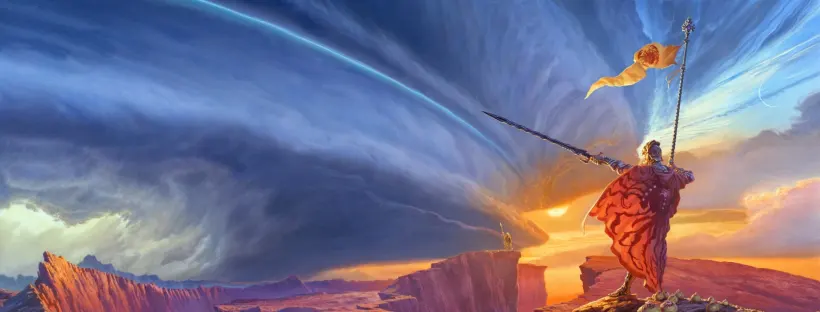
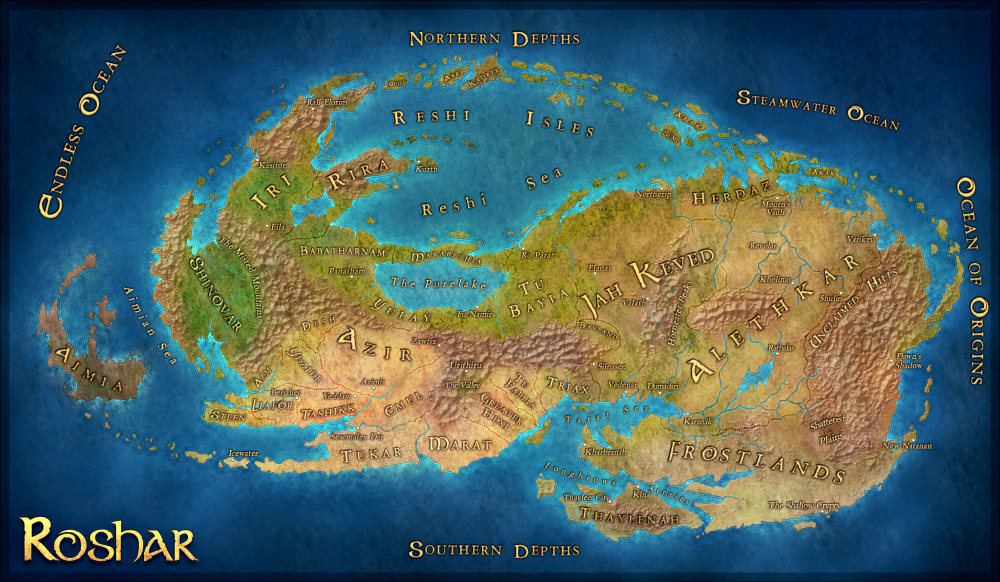
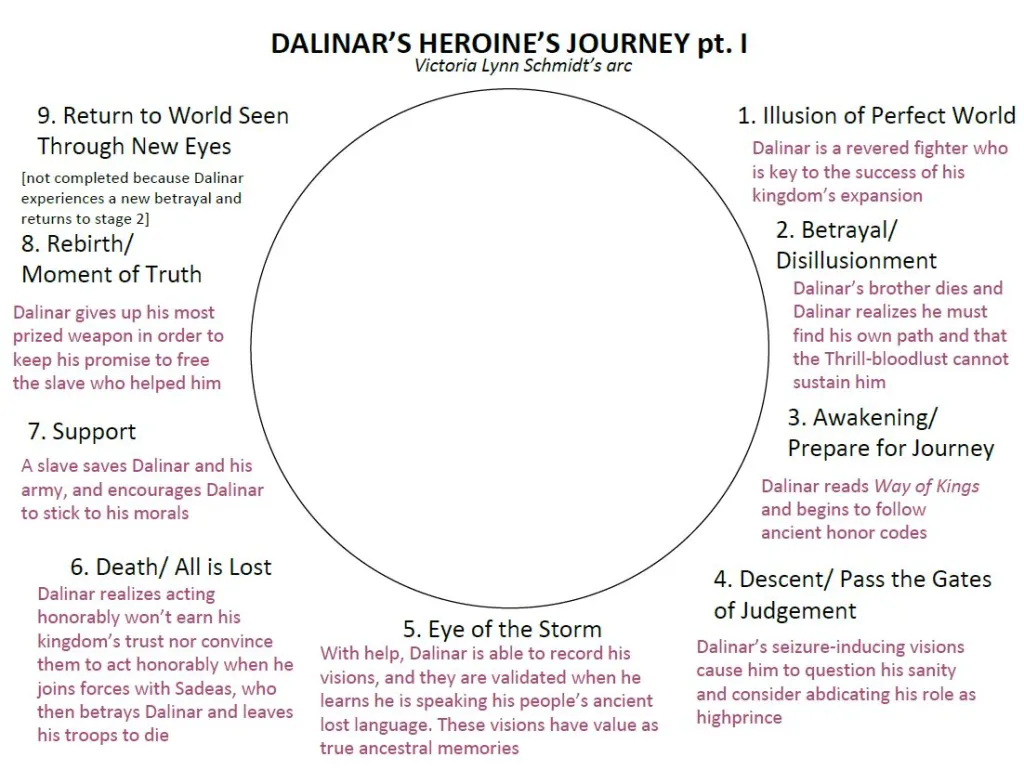
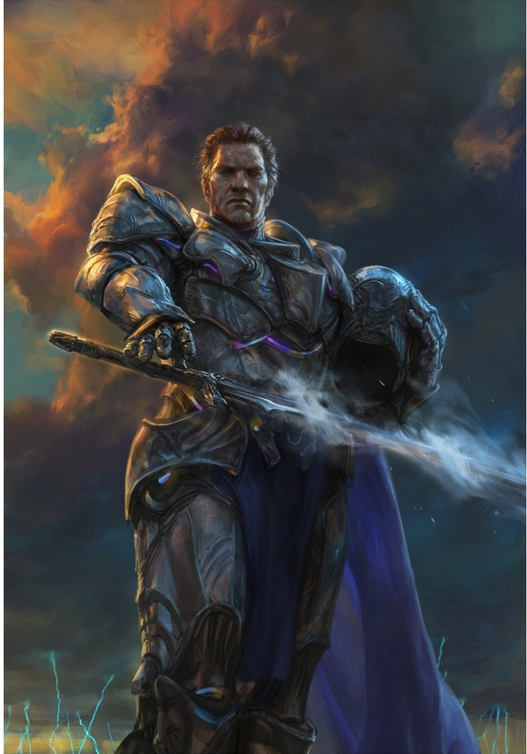
















 Unable to bear a lifetime of enslavement, she flees north on foot (leaving her husband behind because she does not want to endanger his free status) and makes it to Philadelphia, a “free” state. Tubman joins the Underground Railroad and repeatedly risks her life to bring hundreds of black slaves to freedom even after her former owner places a large bounty on her head. Her ability to guide so many runaway slaves to freedom earns her the nickname, “Moses.” How does an actual person, rather than a mythical god or cartoon character pull this off?
Unable to bear a lifetime of enslavement, she flees north on foot (leaving her husband behind because she does not want to endanger his free status) and makes it to Philadelphia, a “free” state. Tubman joins the Underground Railroad and repeatedly risks her life to bring hundreds of black slaves to freedom even after her former owner places a large bounty on her head. Her ability to guide so many runaway slaves to freedom earns her the nickname, “Moses.” How does an actual person, rather than a mythical god or cartoon character pull this off?

 Although the movie follows a Hero’s Journey narrative arc, I suspect that Tubman’s lived experience was at least as much a
Although the movie follows a Hero’s Journey narrative arc, I suspect that Tubman’s lived experience was at least as much a  Tubman was periodically recognized for her contributions to the Underground Railroad and the Civil War as a spy, nurse, scout, strategic advisor, and troop leader. However, she never received any pay for her work in the war and was denied veteran’s compensation for many years. After being heralded by newspapers for her work in the war, she was accosted by a train conductor while riding back to New York, where her parents lived, and was instructed to move to the less desirable smoking car. She produced government papers entitling her to ride in the car she was in and refused to move, whereupon the conductor enlisted several other passengers to help him force her to move, breaking her arm in the process. Most of her life, Tubman was penniless or nearly so, and what money she had was often spent providing food to the boarders who had even less than she did.
Tubman was periodically recognized for her contributions to the Underground Railroad and the Civil War as a spy, nurse, scout, strategic advisor, and troop leader. However, she never received any pay for her work in the war and was denied veteran’s compensation for many years. After being heralded by newspapers for her work in the war, she was accosted by a train conductor while riding back to New York, where her parents lived, and was instructed to move to the less desirable smoking car. She produced government papers entitling her to ride in the car she was in and refused to move, whereupon the conductor enlisted several other passengers to help him force her to move, breaking her arm in the process. Most of her life, Tubman was penniless or nearly so, and what money she had was often spent providing food to the boarders who had even less than she did. protagonist Hiram Walker is portrayed as a male soul-kin to Harriet Tubman. Both were born slaves and both have similar talents for feats of miraculous transportation. In the magical realism of the novel, this talent is referred to as “conduction”—the ability to move people “magically” from one place to another based on the strength of the conductor’s desire and memory. Coates portrays Tubman as a mythical figure who appears and disappears and reappears at important moments. Hiram Walker, her psychic kin, is much more humanized and his story allows Coates to explore the psychological implications of post-freedom identity and purpose. Walker, too, becomes a daring agent for the Underground Railroad and much of the book leans toward a hero’s journey until he must confront how to integrate his family and community ties into his quest to fight slavery and re-connect families separated by it. I believe The Water Dancer is ultimately more of a heroine’s journey than a hero’s journey.
protagonist Hiram Walker is portrayed as a male soul-kin to Harriet Tubman. Both were born slaves and both have similar talents for feats of miraculous transportation. In the magical realism of the novel, this talent is referred to as “conduction”—the ability to move people “magically” from one place to another based on the strength of the conductor’s desire and memory. Coates portrays Tubman as a mythical figure who appears and disappears and reappears at important moments. Hiram Walker, her psychic kin, is much more humanized and his story allows Coates to explore the psychological implications of post-freedom identity and purpose. Walker, too, becomes a daring agent for the Underground Railroad and much of the book leans toward a hero’s journey until he must confront how to integrate his family and community ties into his quest to fight slavery and re-connect families separated by it. I believe The Water Dancer is ultimately more of a heroine’s journey than a hero’s journey.








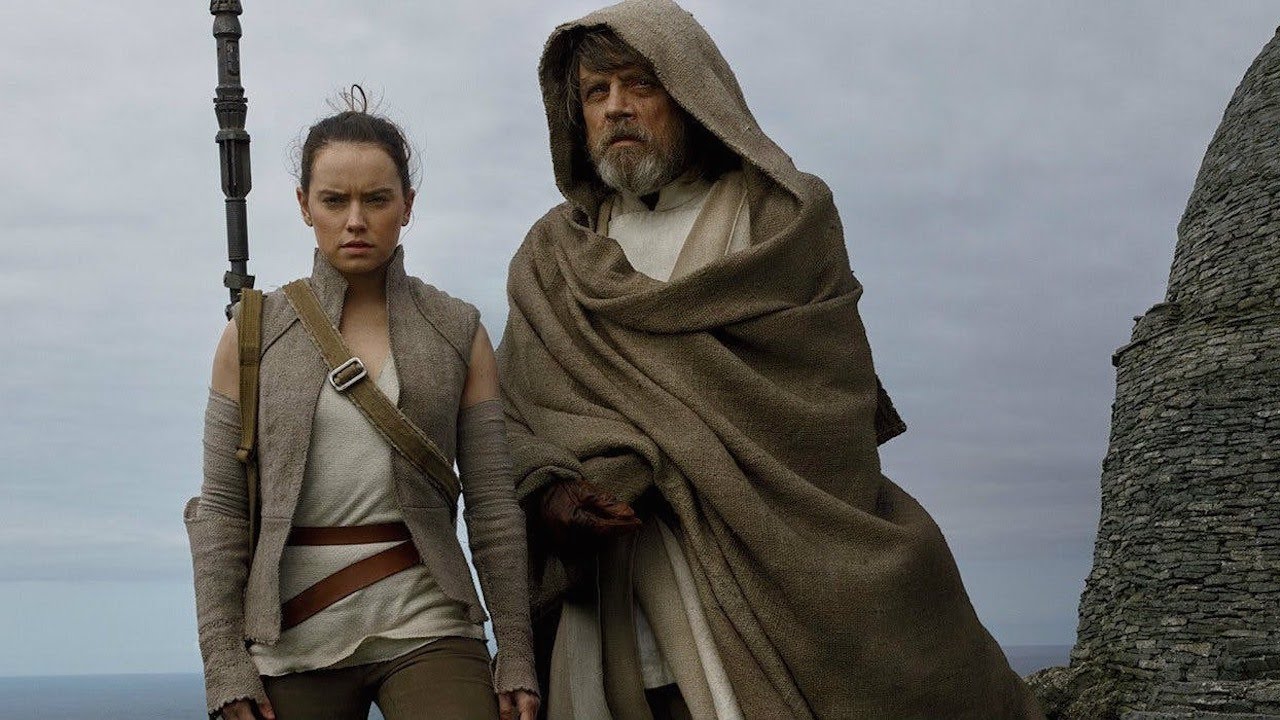







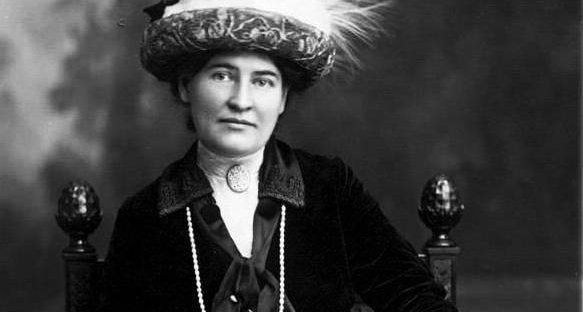
 Eden has wanted to an actress from the time she was very young and is convinced “that she would live far away in great cities, … be much admired by men and … have everything she wanted.” This vision guides Eden throughout her life and she accepts advice (such as changing her name from Edna to Eden) from anyone whom she believes can move her closer to international fame and adoration. She goes to New York, where she believes she is fated to find someone who will take her to Paris. In New York, Eden is for the first time momentarily free to do what she wants, when she meets Hedger who presents her with the opportunity for a new life perspective .
Eden has wanted to an actress from the time she was very young and is convinced “that she would live far away in great cities, … be much admired by men and … have everything she wanted.” This vision guides Eden throughout her life and she accepts advice (such as changing her name from Edna to Eden) from anyone whom she believes can move her closer to international fame and adoration. She goes to New York, where she believes she is fated to find someone who will take her to Paris. In New York, Eden is for the first time momentarily free to do what she wants, when she meets Hedger who presents her with the opportunity for a new life perspective . In Coming, Aphrodite!, Cather presents her readers with a complex discussion of success. Both characters find the success they seek, and Cather is careful to present a neutral view. But by the close of the story one senses that her sympathies lie with the Heroine’s Journey.
In Coming, Aphrodite!, Cather presents her readers with a complex discussion of success. Both characters find the success they seek, and Cather is careful to present a neutral view. But by the close of the story one senses that her sympathies lie with the Heroine’s Journey.